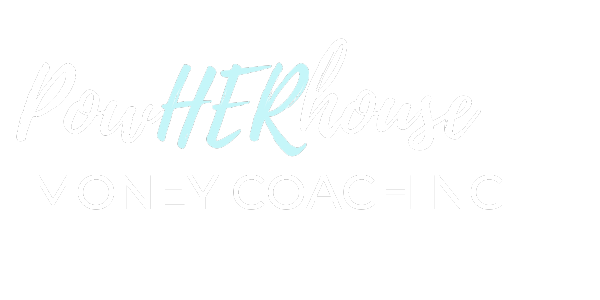The Wealth-Building Dilemma
If you’re a high earner, you’ve likely asked yourself: Should I pay off debt first or invest for the future? The answer? It depends. The smartest financial strategy balances both—eliminating costly debt while maximizing investment opportunities.
If you’re ready to make the most of your income, here’s a guide to help you decide when to pay off debt, when to invest, and how to do both strategically.
1. Understand Your Debt: Good vs. Bad
Not all debt is created equal. Smart wealth builders know when to pay it down aggressively and when to leverage it.
Good Debt (Wealth-Building):
- Mortgage Loans: Low-interest, tax-deductible, and tied to appreciating assets.
- Business Loans: Used to scale a profitable venture.
- Student Loans: If they fund a high-income career and have reasonable interest rates.
Bad Debt (Wealth-Draining):
- High-Interest Credit Cards: Typically 15-25% APR and not tax-deductible.
- Personal Loans for Non-Essentials: Borrowing for vacations, luxury items, or unnecessary expenses.
- Auto Loans on Depreciating Assets: Unless necessary, financing a luxury car isn’t a wealth-building move.
💡 Pro Tip: Prioritize paying off high-interest, non-wealth-building debt first.
2. The Interest Rate Rule: When to Pay Off Debt First
A key factor in deciding between paying off debt or investing is the interest rate.
General Guidelines:
- If debt interest is over 7%: Prioritize paying it off before investing aggressively.
- If debt interest is under 5%: Invest more while making minimum debt payments.
- If debt interest is between 5-7%: Consider a balanced approach—paying down some debt while investing simultaneously.
💡 Pro Tip: If your investments are expected to return more than the cost of your debt, investing can be the smarter move.
3. When Investing Should Take Priority
Investing early allows your money to grow exponentially due to compounding interest.
When to Invest Instead of Paying Off Debt:
- You Have an Employer 401(k) Match: Always take full advantage—it’s free money.
- Your Debt Interest is Low: If you’re paying 3-5% on a mortgage but can earn 8-10% in the stock market, investing wins.
- You Have a Strong Emergency Fund: At least 6 months of expenses saved ensures stability.
- You’re Building Passive Income: Investing in assets like rental properties or dividend stocks can generate long-term wealth.
💡 Pro Tip: The earlier you invest, the more time your money has to grow.
4. How to Balance Paying Debt & Investing
If you want to tackle both, follow a structured approach.
The 50/30/20 Rule for High Earners:
- 50% Needs: Housing, insurance, minimum debt payments.
- 30% Wealth Building: Split between investing and extra debt payments.
- 20% Lifestyle: Travel, luxury, and discretionary spending.
💡 Pro Tip: Automate debt payments and investments so they happen without emotional decision-making.
5. Smart Strategies for Maximizing Wealth
Best of Both Worlds:
- Refinance High-Interest Debt: Lower rates free up cash for investing.
- Use Windfalls Strategically: Bonuses or tax refunds can split between debt and investments.
- Leverage Tax-Advantaged Accounts: Max out 401(k), Roth IRA, or HSA for tax savings.
- Invest in Income-Producing Assets: Real estate or dividend-paying stocks build wealth over time.
💡 Pro Tip: Wealthy individuals use strategic debt—not impulsive borrowing—to accelerate financial growth.
Final Thoughts: Build Wealth on Your Terms
There’s no one-size-fits-all answer. The best strategy is a personalized mix of debt repayment and investing based on your financial goals, interest rates, and risk tolerance.
💡 What’s your current strategy—paying off debt or investing more? Drop a comment below!








Leave A Comment